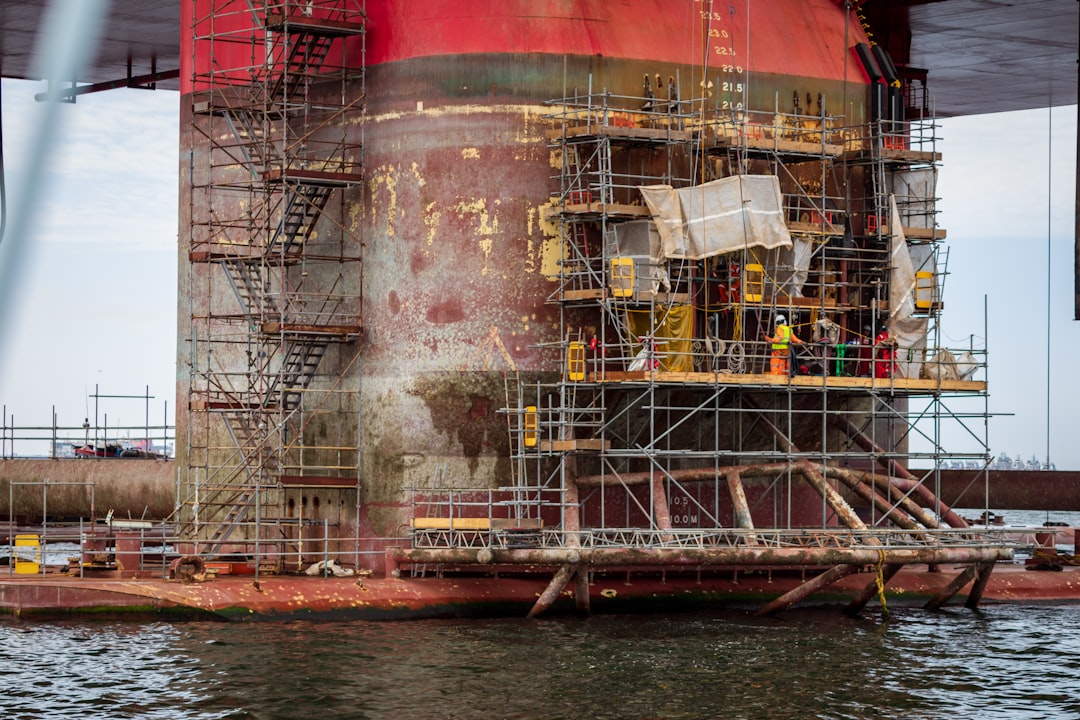The oil and gas industry relies heavily on efficient and reliable well construction. Two critical components ensuring the safe and productive extraction of hydrocarbons are casing and tubing. This comprehensive guide delves into the intricacies of these essential elements, explaining their functions, types, materials, and overall importance in the industry.
The Vital Role of Casing in Well Construction
Casing is a series of steel pipes cemented into the borehole during the drilling process. Its primary function is to provide structural integrity to the wellbore, preventing collapse of the surrounding formations. This is especially crucial in unstable or fractured formations where the wellbore could otherwise cave in. Casing also isolates different geological zones, preventing the mixing of fluids and maintaining pressure control. Different sizes and grades of casing are used throughout the well, with larger diameter casing placed at the surface and progressively smaller diameter casing used at greater depths. The selection of casing depends on several factors, including the depth of the well, the geological formations encountered, and the planned production methods.
Tubing: The Lifeline for Hydrocarbon Production
Once the well is cased and cemented, tubing is installed inside the casing. This smaller diameter pipe acts as the conduit for the production of hydrocarbons from the reservoir to the surface. Tubing is subjected to high pressures and temperatures, and its integrity is critical to prevent leaks and maintain production efficiency. Different types of tubing are available, each designed to withstand specific operating conditions. Common materials include high-strength steel alloys, designed to resist corrosion, scaling, and erosion caused by the produced fluids.
Casing and Tubing Materials: A Deep Dive into Strength and Durability
The choice of materials for casing and tubing is paramount to well longevity and safety. High-strength steel alloys are the most commonly used materials, offering excellent resistance to high pressures and temperatures. The specific alloy used will depend on the well’s conditions; some alloys are designed for high-temperature, high-pressure (HTHP) environments, while others are optimized for corrosion resistance in specific chemical environments. The selection process often involves metallurgical analysis to ensure compatibility with the expected downhole conditions. Recent advancements include the use of specialized coatings and enhanced alloys to further improve corrosion resistance and longevity.
Cementing Operations: Ensuring a Secure Bond
The process of cementing is critical to the integrity of the well. Cement is pumped down the annulus (the space between the casing and the borehole wall) to create a strong, impermeable seal. This seal prevents fluid migration between different geological formations and prevents the casing from collapsing. The quality of the cement job is rigorously monitored to ensure complete coverage and proper bonding. Defective cementing can lead to serious problems, including wellbore instability, environmental contamination, and production losses. Advanced techniques, such as logging tools and specialized cement slurries, are employed to optimize the cementing process and ensure its success.
Challenges and Innovations in Casing and Tubing Technology
The oil and gas industry constantly faces challenges related to casing and tubing. These include dealing with increasingly complex geological formations, extreme downhole conditions (high temperatures and pressures), and the need for improved corrosion resistance. Innovations in materials science, such as the development of advanced alloys and coatings, are continually addressing these challenges. Furthermore, advancements in well completion techniques and monitoring technologies are enhancing the efficiency and safety of casing and tubing operations. The use of intelligent completion systems, which allow for real-time monitoring and control of the well, is becoming increasingly common. These systems provide valuable data that can help optimize production and prevent potential problems.
In conclusion, casing and tubing are indispensable components in the oil and gas industry. Their proper selection, installation, and maintenance are essential for safe and efficient hydrocarbon production. Continuous innovation in materials and techniques ensures that these critical elements continue to meet the evolving demands of the industry.
SEO-Friendly Tags:
- Oil and Gas Casing
- Oil Well Tubing
- Well Completion Techniques
- Petroleum Engineering
- Downhole Technology




